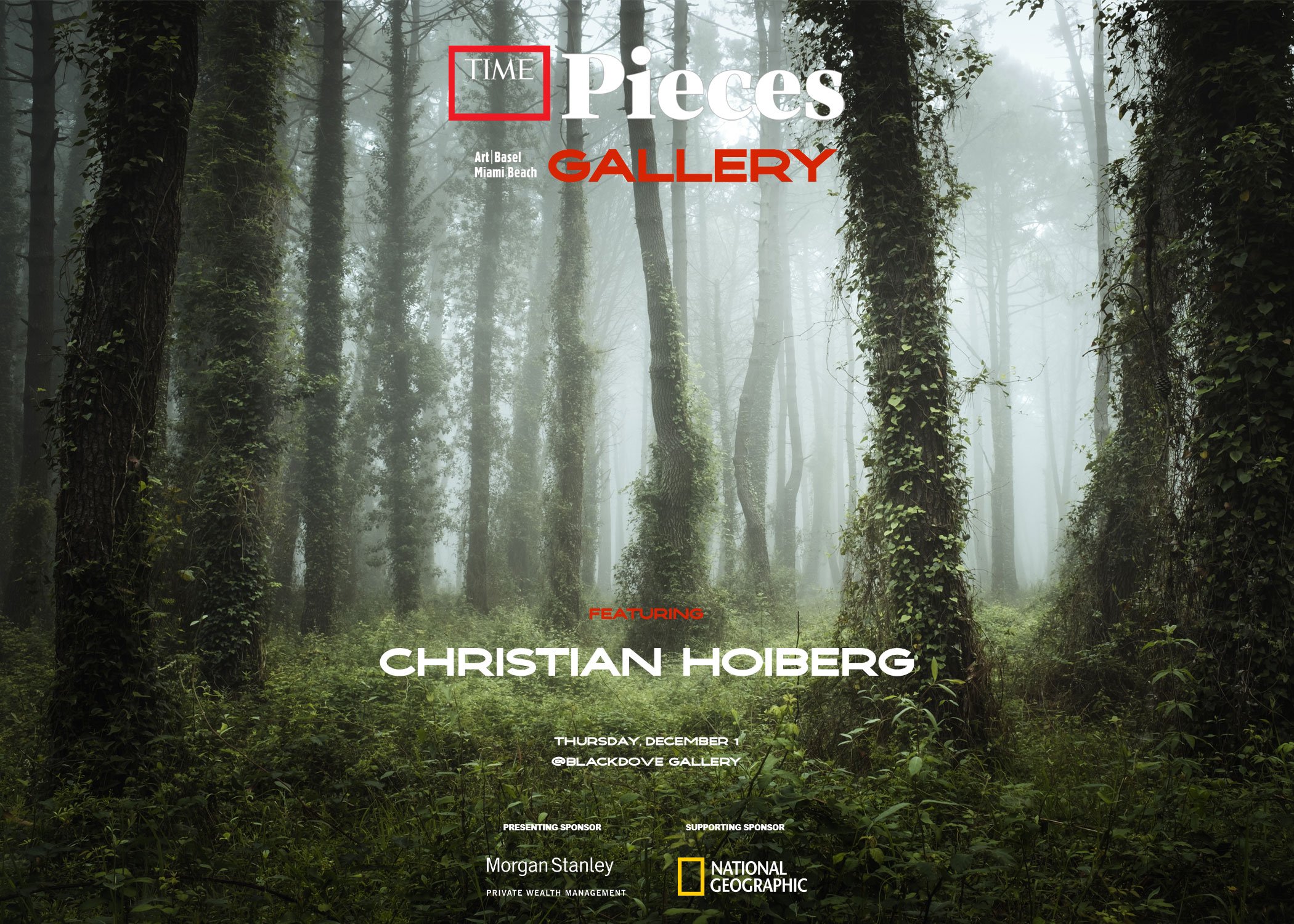Living North of the Arctic Circle comes with a lot of challenges. The long dark period is one of these. From September the days are quickly getting shorter and by the time we reach mid-December, the Polar Nights have arrived, meaning the sun doesn’t rise for almost one month.
The lack of sun and daylight can be challenging but there is one thing that makes up for it: the Northern Lights. There are few things as amazing as standing beneath a sky exploding in green above you. If you’re lucky, you might even see some reds, pinks, blues, or whites!
Northern Lights in the Lofoten Islands, September 2022. Captured during our autumn workshops.
As I’m writing this, we are quickly approaching the dark period and the Northern Lights season has arrived. Personally, I’ve always preferred photographing the Northern Lights in winter as I find the snow-covered peaks to be a great contrast to the otherwise dark night.
The benefit of photographing the Northern Lights during autumn, however, is the possibility to experience the lights from places that are difficult or impossible to reach when the snow arrives (mainly due to unstable snow and avalanche dangers)
A few days ago I decided to take advantage of this. There’s a remote mountain range here in the Lofoten Islands that I’ve been hiking to numerous times during the past years and every time I’ve been curious about what it would be like to photograph the Northern Lights from there.
In late September the conditions finally looked promising. The weather forecast showed no clouds, and the aurora forecast indicated a fair amount of solar activity. With this mountain range in mind, I packed my camera and camping equipment and headed out to what would become a highlight of my photographic journey.
I arrived at my tent spot about an hour before sunset. Instead of setting up the tent right away, I grabbed my camera and started walking around the area. I already had a couple of locations in mind but taking the time to explore and find compositions while it’s still bright is important. It can be hard to discover compositions at night (even when using a headlamp to light up the area around you)
After testing a few different spots I ended up back at the little pond next to my camp. I’ve photographed this pond a few times before and know that the direction is good considering where the Northern Lights will arrive.
Here I took notice of some interesting textures and grabbed a couple of test shots. Having a composition in mind, I started the wait by pitching the tent, changing into dry clothes, and boiling water for a quick dinner.
A test shot of the planned composition taken during sunset
Typically, the Northern Lights aren’t visible directly after sunset. This time of year it can take a couple of hours until it’s dark enough for them to be visible. Knowing this, I crawled into the tent to rest for a few hours.
During this time I peeked outside the tent on several occasions. Each time it was getting a little darker. But no lights yet.
Now, normally I would keep an eye on the live solar activity provided by Space Weather Live but this being a remote mountainous location, means I had no cell signals. Hence, I used a more old-school aurora report: my eyes.
At 21.30 I looked outside once more and to my surprise, the Northern Lights were quite active. I hopped out of my sleeping bag, into my outdoor clothing, grabbed my camera, and ran over to the pond I’d been scouting a few hours earlier.
Since I spent the time scouting during sunset, I knew exactly where I wanted to place my tripod. And, as predicted based on previous visits too, the Northern Lights appeared just above the mountain I was photographing.
Going back to the pond when the Northern Lights arrived
Now, I’ve photographed and witnessed the Northern Lights hundreds of times before. What made this so special? It’s quite simple. This is a shot I’ve envisioned for years, and finally, all the elements aligned for it to happen.
That feeling is hard to explain. But it brings a massive motivation boost.
For the next 5 hours, the Northern Lights kept dancing vividly over my head. I experimented with different compositions and took some small walks to change my perspective, but I knew that I’d already gotten a portfolio shot by the pond. That’s something I don’t say too often.
So, after feeling fulfilled (and feeling my eyelids getting heavier), I called it the night and went back to the tent. However, before closing my eyes, I set the camera on the tripod to create a 2-hour timelapse:
It’s funny how just a few hours can be so rewarding. That’s all it takes. Even if this is the only great night of Northern Lights we get this autumn, I’ll be grateful for what we got.
Thank you for reading, and for all your love and support.
Learn How to Photograph the Northern Lights
Do you want to learn how to photograph the Northern Lights for yourself? Then have a look at my in-depth course where I teach you the must-knows of both photographing and processing images of this amazing phenomenon.







